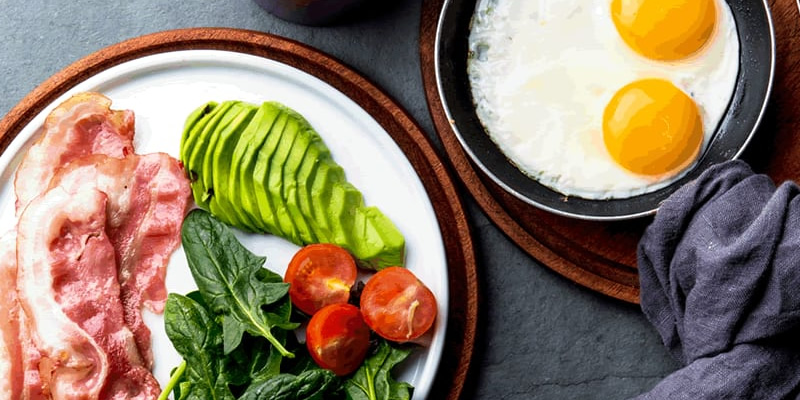Portion sizes have increased dramatically over the last 20 years, which can lead to portion distortion when meals are being served.
Keeping an eye on your portion size is important as you can avoid excess calories that would qualify as more than one food serving.
To limit your portion intake, especially with bigger meals, deploy some tips which can help reduce your portion size, and subsequently any additional calories which could increase your BMI reading.
Share your food
If you are out for a meal and wary that the portion of food you have ordered contains more than one food serving, either remove some of the food from your plate before you start or stop as soon as you feel full.
Offer to share your food, if dining with company, or ask to have the food wrapped up for you to take home.
You can maintain a healthy weight by choosing the right number of servings from your chosen food group by not finishing your plate if it exceeds this number.
Eat sweets in small amounts
Sweets can be eaten as part of diets, but smaller amounts are the way to go if you are consuming high sugar or high calorie products.
Restrict your portions, especially in times of festivities such as Halloween, as this will keep your blood sugar levels from increasing as well as keep you from putting on excess body fat.
Don’t have seconds
Seconds can often be tempting if you still feel hungry after a meal, especially if you are dining out at a restaurant such as a buffet.
However, this can lead to you consuming portions that could feed between two or three people, a sure way to increase your recommended calorie content.
Note that having high sugar levels can itself be a cause of hunger and so if you’re hungry despite having recently eaten, it’s best to allow the insulin to catch up before eating any more.
Restricting yourself from having seconds, especially if you are already full, will keep your BMI reading and body fat level down.




